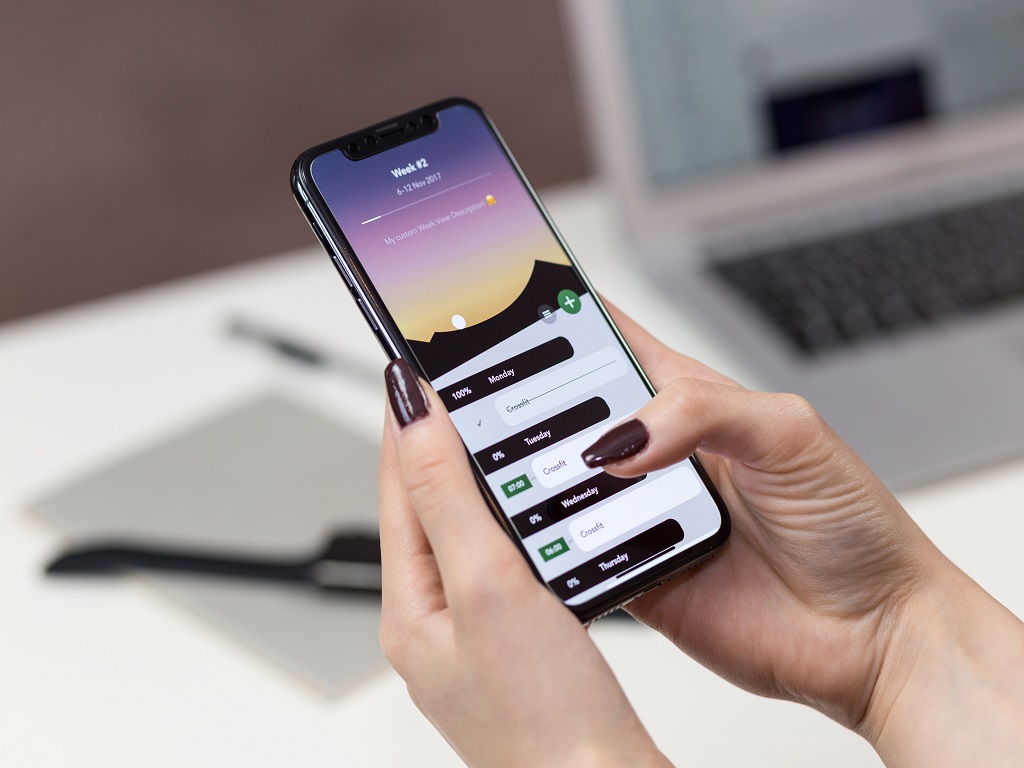- Home
- Tech & Gadgets
- EXPLAINED: Everything You Need to Know About 5G

EXPLAINED: Everything You Need to Know About 5G
The 5th generation mobile network, also known as 5G, is the new global wireless standard. It enables a new kind of network that has been designed to virtually connect everything and everyone together, including devices, objects, and machines.
5G technology is expected to provide higher multi-Gbps peak data speeds, more reliability, increased availability, ultra-low latency, a more uniform user experience, and massive network capacity. Improved efficiency and higher performance connect new industries and empower new user experiences.
The Underlying Technologies that Make up 5G
5g is based on Orthogonal Frequency-Division Multiplexing (OFDM). This is a method that modulates a digital signal across various channels to reduce interference. Along with OFDM principles, 5G also uses 5G NR air interface, sub-6 GHz, mmWave, and similar wider bandwidth technologies.
5G OFDM operates on the same principles of mobile networking as 4G LTE. but, the new 5G NR air interface further enhances OFDM to deliver a higher degree of scalability and flexibility. This allows 5G to be more accessible to people for a variety of different purposes.
Where 5 G Is Being Used
Essentially, 5G has been designed for forward compatibility (the ability to support future services flexibly that are still unknown today). Listed below are the 3 primary types of connected services that use 5G.
Enhanced Mobile Broadband
Apart from making our mobile phones better, 5G technology can usher in new immersive technologies and experiences like VR and AR with lower cost-per-bit, faster, more uniform data rates, and lower latency.
Mission-Critical Communications
5G can enable new services that can be used to transform industries with available, ultra-reliable, low-latency links like remote control of vehicles, medical procedures, and critical infrastructure.
Massive IoT
5G is meant to connect a huge number of embedded sensors seamlessly in virtually everything. This can be done through the ability to scale down in data rates, mobility, and power, which will provide extremely low-cost and lean connectivity solutions.